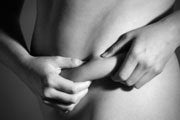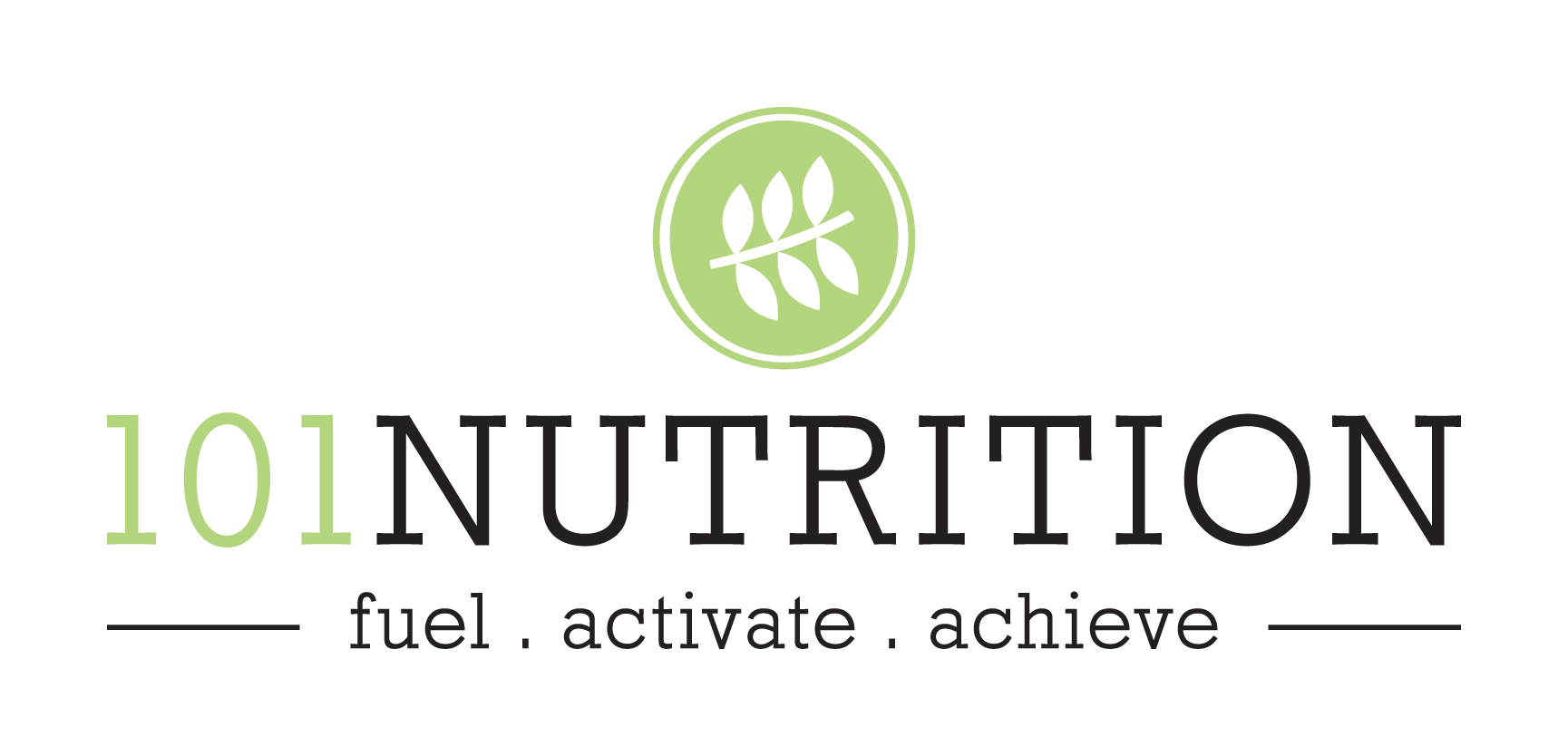News
How to manage healthy cholesterol levels with lifestyle and dietary changes Posted on 14 Jul 21:27 , 1 comment
Cholesterol plays a key role in the digestion, absorption and transport of fats throughout the body and is used in the production of vitamin D and various hormones.How to warm up with comfort food without getting fat Posted on 1 Jul 00:00 , 0 comments
It's getting cold, it's getting dark and those salads just aren't touching the sides...Surviving shift work Posted on 23 Apr 13:00 , 2 comments
Trying to go without food during a long shift will make your body perceive starvation and this will encourage fat storage.Lots of fat burners for sale, but do they work? Posted on 7 Apr 01:00 , 0 comments
The safest fat burner I can recommend is food. Really, I’m not kidding.How to lose weight and how not to Posted on 12 Jun 08:30 , 0 comments
Any detox program that provides less than 1400 calories or less than 80 grams of protein per day is merely a drastic starvation diet.12 strategies to help you re-balance your hormones Posted on 1 Feb 09:00 , 0 comments
If you are lucky you will sail through your thirty’s and forty’s gracefully. The rest of us have to find a way to deal with debilitating symptoms such as fatigue, headaches, anxiety, insomnia and lack of sex drive. If this sounds all too familiar, I have some good news. Your waist doesn’t have to disappear and you don’t need to reside permanently in hormonal hell or resort to HRT. Nutrition and lifestyle strategies will go a long way to lessen your adrenal fatigue symptoms.How Do You Measure Bodyfat? Posted on 1 Nov 19:00 , 0 comments

The healthy body-fat range for a female is 17-27% fat. Elite athletes are leaner than this during competition. The healthy range for a male is 12 – 20% fat. Interestingly, you can still be light on the scales but carry more than 30% of your weight as fat. The whole process of aging can mean a progressive loss of lean mass (bones and muscles) and an accumulation of fat around the organs. This can happen even without a change on the scales.
The most accurate ways to measure body-fat are under-water weighing, dissection or whole body X-ray (Dexa). Obviously these methods have their drawbacks, they are expensive, impractical and you have to be dead to be dissected.
The next best method is the skin fold test. I prefer skin fold testing to bio-impedance scales, Scales use a calculation based on how quickly a small electrical current travels through your body. They are a useful tool for tracking progress over time and are easy for home use. The one drawback is that they can be hugely inaccurate, so to ensure consistent results keep your hydration constant and weigh yourself at the same time of the month. Don’t pay to much attention to the actual body-fat percentage; just make sure it is tracking in the right direction.
There are several popular methods of calculating skin fold measurements. I find the four-site method most accurate. You can have your skin folds measured by a personal trainer or a nutritionist. The key is to have the same person measure you each time. Fortunately, the time of day or the phase of the menstrual cycle will have little effect on the skin fold measurements. The skin fold method of measuring body fat is a practical, economical, and administratively feasible field technique for body composition analysis. It involves measuring the skin fold (subcutaneous fat) thickness at specific sites of the body. Specific equations use the sum of four skin folds to estimate body density from which body fat may be calculated. Skin fold measurement does not require expensive equipment and it can be routinely incorporated into many health promotion settings. I always use skin-fold testing and waist circumference to track results, whether the goal is fat loss or lean mass gain.
The truth about Omega 3 Posted on 1 Nov 00:00 , 0 comments
If you’ve ever wondered why your low fat diet’s not working or your hormones are driving you mad, it might pay to check your fat intake. Whether you are seeking help with weight loss, high cholesterol, allergies, skin conditions or arthritis, you’re likely to need an oil-change. As far as I’m concerned, an intake of Omega 3 is non-negotiable.- Previous
- Page 2 of 2
